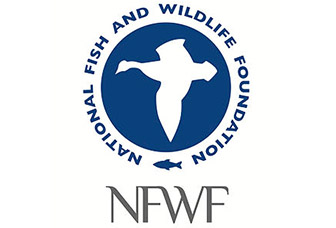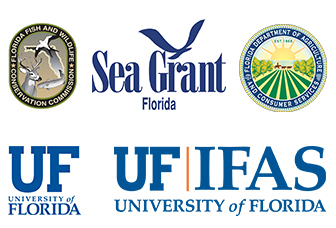
Oyster Recovery
For decades, Apalachicola Bay has been Florida's prime production estuary for oysters prized for their outstanding quality and taste. Today, this unique oyster fishery is attempting to recover from a collapse associated with multiple environmental and human factors.
In 2012, in response to historically low oyster harvests along the west coast of Florida, the state sought federal declaration of a commericial fishing failure for Florida's oyster harvesting. At the University of Florida, IFAS Senior Vice-President Jack Payne formed the UF Oyster Recovery Task Force to learn why oyster populations declined so dramatically, and to find ways to help the industry and the environment bounce back.
As a result of the Task Force, the University worked with partners to secure a $4,190 million grant to study how to conduct reshelling efforts in Apalachicola Bay, the top recommendation by the task force.
There is great scientific uncertainty about how to best restore oyster reefs, and we need science-based answers to these questions.
This is a five-year research study begun in 2016 that restores approximately 18 acres of reef in an experimental array - multiple reefs each with different shell densities, at different locations in the bay. Results will provide information to help resource managers more effectively restore degraded oyster bars in Apalachicola Bay and other oyster reefs throughout the Gulf of Mexico.
Researchers propose to learn more about:
- at what density should cultch material be added to restorian areas to promote oyster reef establishment and
- what are the effects of fishery removals on oyster reef recovery
Results will help the community and oyster fishery better respond if future natural and manmade disturbances cause harm to oyster fishing grounds. The project will also provide important information to inform the design and management of future oyster reef restoration projects everywhere.
Community involvement in this project is a key element to the long-term success of sustainable restoration of the Apalachicola Bay oyster resource and fishery. The Apalachicola Bay seafood worker community, through the Seafood Management Assistance, Resource and Recover Team, or SMARRT, is actively supporting the research efforts, and interacts with project team partners to provide expert insights.
Dissemination of project progress and outcomes include meetings with SMARRT/Apalachicola Bay seafood worker community. This website contains a record of meetings, relevant updates and publications associated with the project. As the project progresses, there will be peer-reviewed journal articles relevant to oyster restoration in Apalachicola Bay and other critical resources.
Project Leads
Andy Kane, Chief Scientist352-213-8407 Cell
kane@ufl.edu
Angela Lindsey, Outreach Coordinator352-273-3552 Office
904-509-3518 Cell
ablindsey@ufl.edu
Erik Lovestrand, UF/IFAS Franklin County Extension850-653-9337 Office
850-766-8929 Cell
elovestrand@ufl.edu
Jim Estes, FWC
850-617-9622 Office
850-251-2458 Cell
jim.estes@myfwc.com
Erik Lovestrand Florida Sea Grant Franklin County Extension Director 850-653-9337 Elovestrand@ufl.edu

This project is funded by the Florida Fish and Wildlife Conservation Commission, under a grant from the National Fish and Wildlife Foundation


